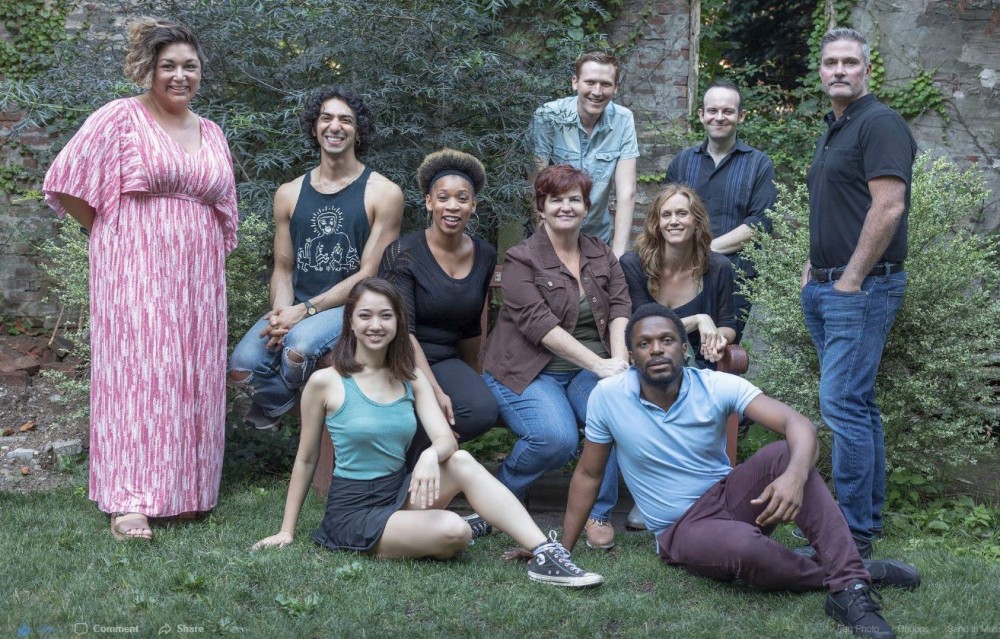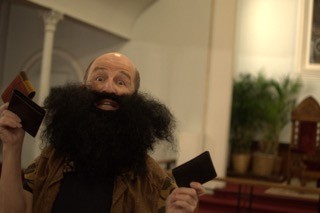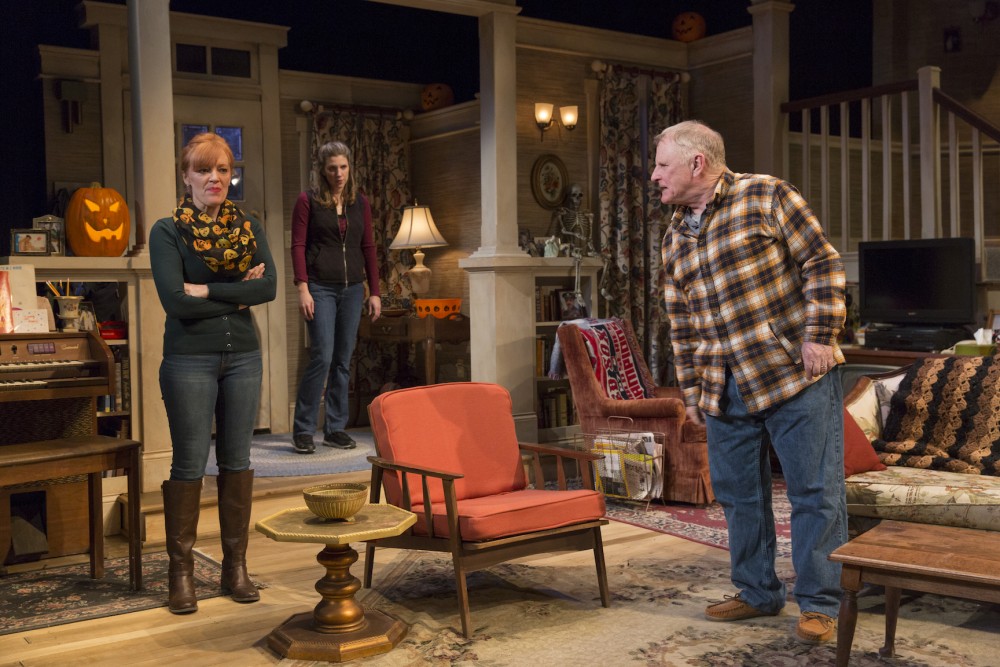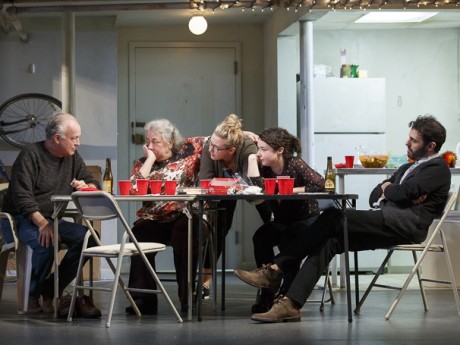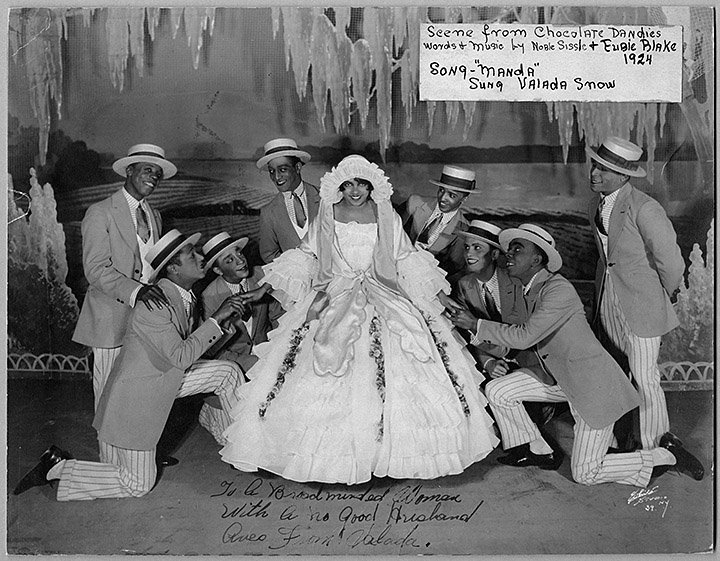
By Samuel L. Leiter
Of the 248 shows I calculate were produced in the 1924-1925 season (a number that may not match that of other sources), the vast majority of them on Broadway, 29 were book musicals (including operettas) and 14 were musical revues. The season’s best revues will be the subject of this column’s next essay. Today, however, “Leiter Looks Back” looks back at four representative musicals of 1924-1925, The Chocolate Dandies, Rose-Marie, Lady, Be Good!, and The Student Prince.
Black musicals were rather conspicuous in the 1920s, particularly after the success of Shuffle Along, but none achieved that show’s success. One of the more noteworthy examples was a deliberate follow-up to Shuffle Along called The Chocolate Dandies (Colonial Theatre, 9/1/24, 96). Its book was by Noble Sissle and Lew Payton and its score by Sissle and Eubie Blake, the same pair responsible for Shuffle Along. “Undoubtedly one of the best musical shows that has been seen in New York,” raved the Times about this elaborately produced entertainment about a race horse owner (co-librettist Lew Payton) with two thoroughbreds, Dumb Luck and Jump Steady.
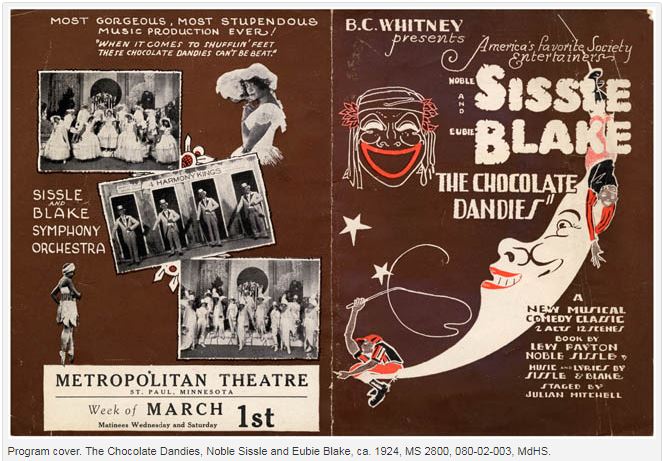

He dreams that the former steed has won him a fortune that allows him to set up as president of the Bamville bank (the original title was In Bamville). On waking, he learns that a horse named Rarin’ to Go has actually won the big race, and that the owner (Ivan H. Browning) has landed the pretty Angeline Brown (Lottie Gee) as well.
There was applause for the revolving platform that allowed the race to be run, and the songs “Bandanaland,” “Slave of Love,” and “Dixie Moon” were appreciated (although those titles might run into big problems today). One of the funniest scenes was when Payton had a heart-to-heart with a real horse, whose head protruded from a stable door. Noticed in the cast was young Josephine Baker, billed as “That Comedy Chorus Girl.”
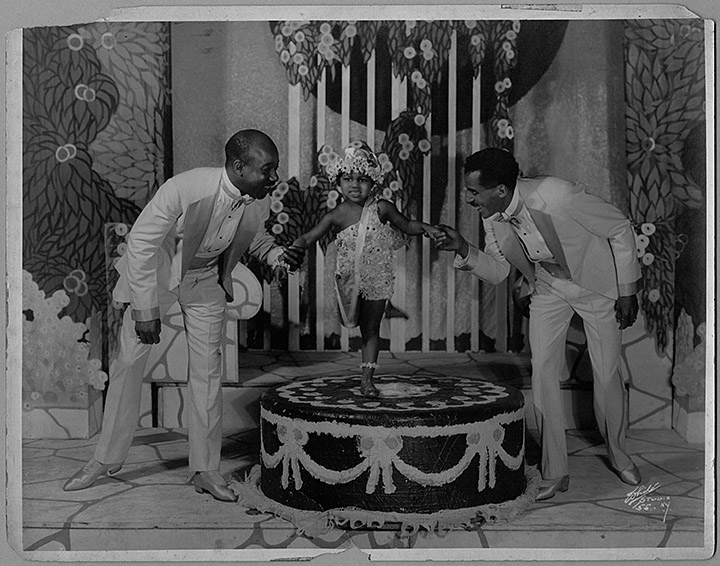

Chocolate Dandies did not become a hit but our next example, Rose-Marie (Imperial Theatre, 9/24/24, 581), certainly did. It was, in fact, the second biggest musical hit of the decade, with a book and lyrics by Otto Harbach and Oscar Hammerstein II, its music by Herbert Stothart, its direction by Paul Dickey, its choreography by David Bennett, and its costumes by Charles Le Maire.
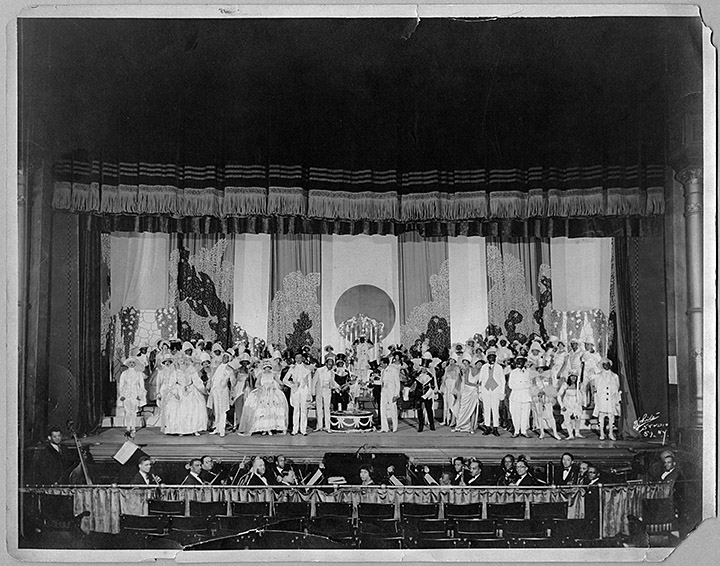

Until 1943’s Oklahoma! it was the most financially successful show of the time, becoming a smash hit in London that ran far longer than the Broadway version. There was also an even longer, record-breaking run in Paris. Four road companies toured America, and three motion picture versions (one of them silent) were filmed, not to mention the countless revivals it enjoyed throughout the century.
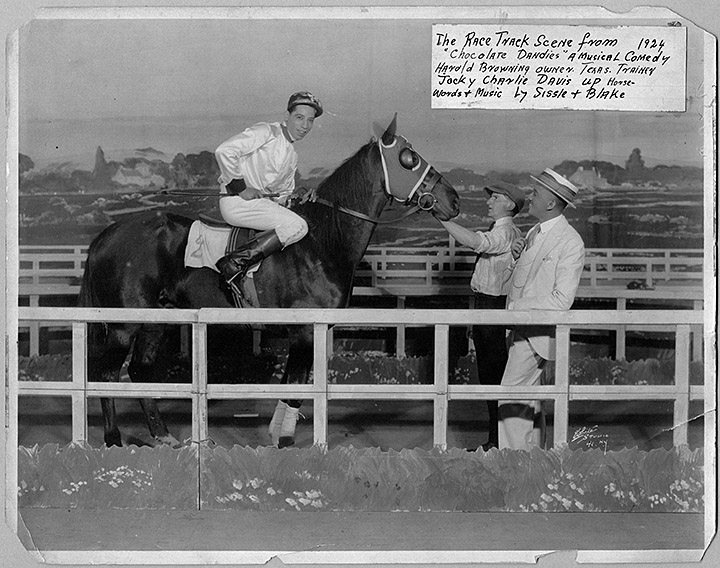

The show attempted to integrate music and book into a unified concept approaching operatic qualities. It did not fully achieve this goal, despite its self-confident failure to list the musical numbers separately in the program. Hammerstein himself wrote in Theatre Magazine that Rose-Marie “was a carefully directed attack at the Cinderella show in favor of operatic musical comedy.”
Friml and Stothart’s score (for which Friml was chiefly responsible) was exceptionally well-received. The most famous number was “Indian Love Call,” later memorialized by Nelson Eddy and Jeannette Macdonald in the 1936 movie. Nearly as popular was “Rose-Marie.” The production number that gained the most attention was “Totem Tom Tom,” a rousing tune in which choreographer Bennett used the show’s extraordinarily large troupe of chorus dancers to spectacular effect as they marched about dressed as totem poles.
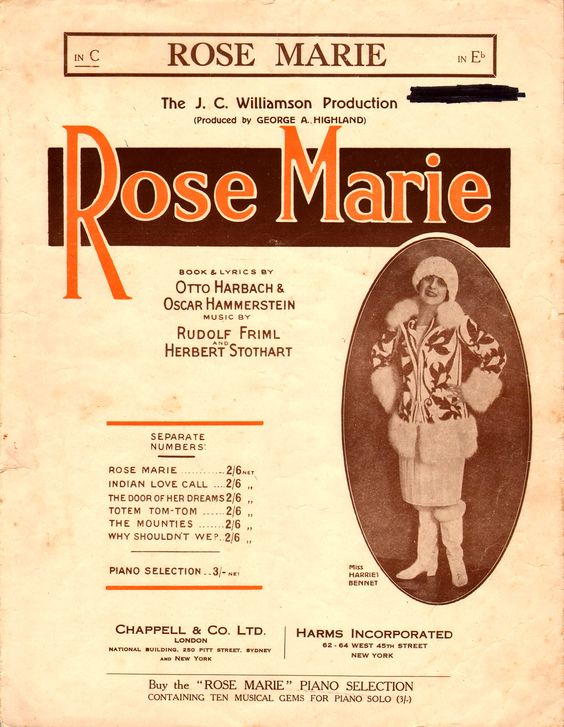

The book was considered a fine one for its day, although some complained that the comedy elements were forced, and that only William Kent’s clowning saved them from disaster. Arthur Hornblow, who called Rose-Marie “intelligent, tuneful, beautiful and decent,” declared the book to be “head, shoulders and waist above the customary dribble about prohibition and Brooklyn.”
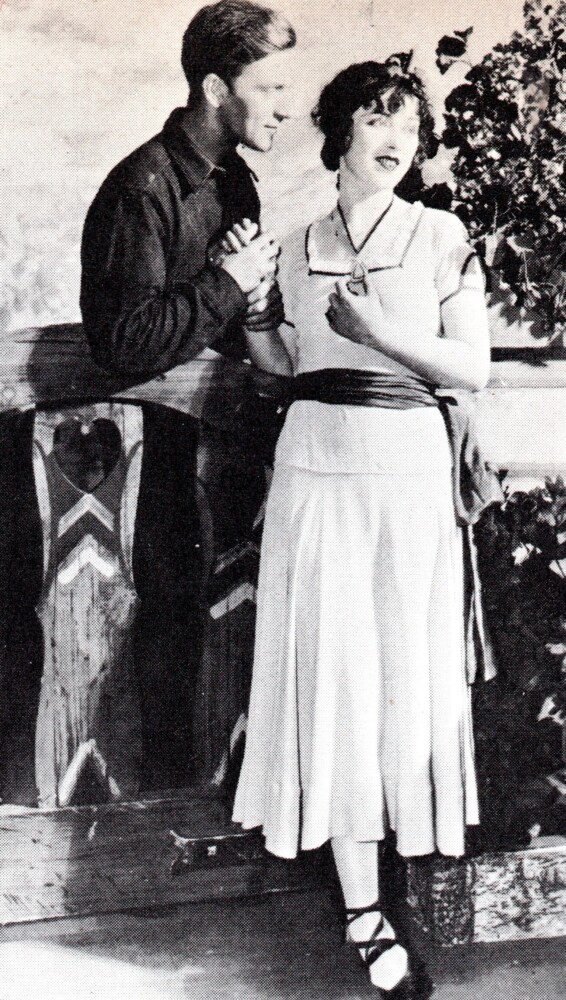

Set against the then unique background of the Canadian Northwest, in Fond-du-Lac, Saskatchewan, the plot follows the romance of French Canadian hotel singer Rose-Marie La Flamme (Mary Ellis) and her beau, miner Jim Kenyon (Dennis King), who is falsely accused of murdering the Indian Black Eagle (Arthur Ludwig). The latter actually had been slain by his wife, Wanda (Pearl Regay), when her spouse returned to his cabin to find her embracing villainous city slicker Edward Hawley (Frank Greene). Rose-Marie, at the urging of her brother, Emile (Eduard Cianelli), is on the brink of sacrificing herself to Hawley’s lust to save Jim, when the Mounties, helped by comic trader Hard-Boiled Herman (Kent), learn that Wanda is the guilty party. Rose-Marie reunites with Jim in his mountain hideout, and all’s well in the Canadian Northwest again.
The melodramatic plot (considerably different from that used in later film versions), colorful atmosphere, melodic score, and lavish production were abetted by distinguished performances. Mary Ellis, formerly of the Metropolitan Opera House, received the lion’s share of the plaudits for her Broadway debut. On 1/24/27, the show began a 48-performance return engagement at the Century Theatre.
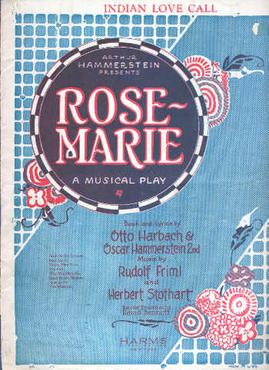

Here’s a bit of trivia you might not have known. During the 1920s, there were 29 shows whose titles began with the words “Ladies” or “Lady.” I’m talking about Ladies Don’t Lie, Ladies Leave, Ladies’ Night in a Turkish Bath, Ladies of the Evening, The Lady, Lady Alone, Lady Billy, and on and on. The one best remembered is the hit musical Lady, Be Good! (Liberty Theatre, 12/1/24, 330), partly because its title song became a pop standard that still has legs. And the reason for that lies in the fact that it was written by George (music) and Ira Gershwin (lyrics). And then, of course, there are (or were) the Astaires.
After an extended engagement on the London stage, where they became the toasts of the town, Fred and Adele Astaire returned to a Broadway hungry for their terpsichorean talents in this buoyant show (originally called Black-Eyed Susan), which put the young Gershwin team firmly at the head of their profession. In addition to Fred and Adele, the show enjoyed excellent comic acting by Walter Catlett, a sparkling chorus put through their paces by Sammy Lee, spirited ukulele playing by Cliff Edwards, outstanding sets by Norman Bel Geddes, and a first-rate score.
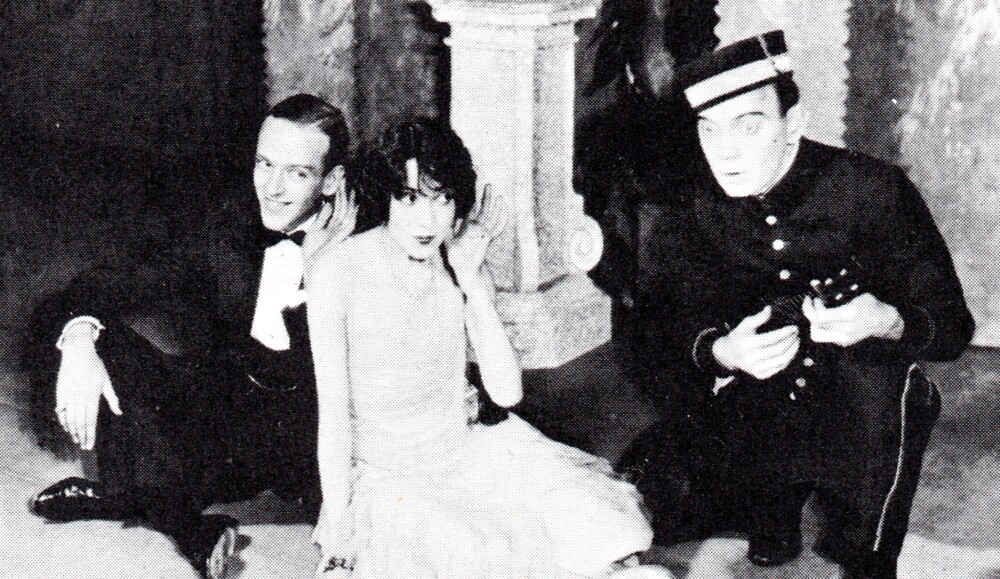

The Astaires played Dick and Susie Trevor, a brother and sister dance act down on their luck and forced to play at private parties. They are kicked out of their apartment, leading to an amusing scene in which Susie tries to arrange their furniture in a cozy setting around a lamp post. Dick can solve their financial woes if he weds a certain rich girl who loves him, but in whom he has no romantic interest. To avoid having her sibling make the sacrifice, Susie conspires with a shyster attorney (Catlett) to impersonate a Mexican widow and gain a $4 million inheritance. The scheme flops, but Dick and Susie find true love, she with a millionaire (Alan Edwards), he with a girl named Shirley (Kathlene Martyn).
The Sun referred to “The Brilliant Gershwin score—brisk, inventive, gay, nervous, delightful.” Among the numbers were “Fascinating Rhythm,” “Little Jazz Bird,” “Oh, Lady, Be Good!,” and “So Am I.” Ironically, a song that became a beloved classic, “The Man I Love,” was dropped before the New York opening because a producer found it stale.
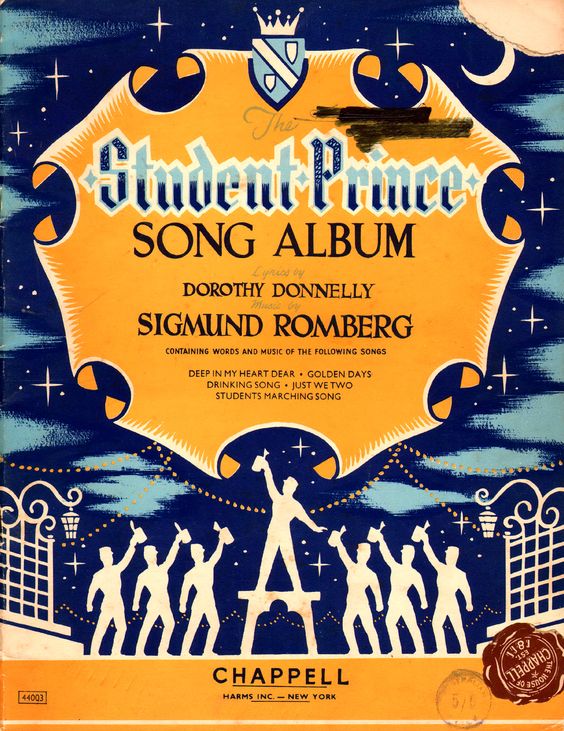

The Astaires, especially Adele, dominated attention. Adele had blossomed into a comic actress reminiscent of Beatrice Lillie’s eccentric manner, astonishing the critics with her all-around scope. Stark Young tried to describe the team’s dancing style, but admitted its impossibility: “[O]f the Astaires what wins all hearts is a certain pure dance quality. . . . It is abstract as music is, scarcely imitative at all, quite free and complete in itself. It is agile, clever, tricky, whatever you like to say about it.” And, although Adele retired to marry into the British aristocracy, depriving later generations of her gifts, her brother’s film accomplishments mean that people will never stop talking about his.
While the movie versions of Rose-Marie had at least a tenuous connection to the stage show, Lady, Be Good! had far less luck in this area. The 1928 movie was silent, not the best idea for a musical. And when a full-scale Hollywood musical was made in 1941, starring Eleanore Powell, Ann Sothern, and Robert Young, it shared nothing with its source other than its title and title song. To hear what that song sounded like in 1924, with photos of the Astaires, click here.
Successful as was Rose-Marie, yet another show of the same year ran a wee bit longer, becoming a steady presence in light opera companies for many years to come. It was Sigmund Romberg’s The Student Prince (Jolson’s Fifty-ninth Street Theatre, 12/2/24, 608), its sentimental book and lyrics by the prolific Dorothy Donnelly. It was based on a play called Old Heidelberg, once produced as a vehicle for the great star Richard Mansfield. This premiere production was an exceptional one that scored heavily in all departments, being praised for its magnificent male chorus of 40, its lush score, its intelligent book and lyrics, its spectacular sets and costumes, and the sterling performances of its leads.
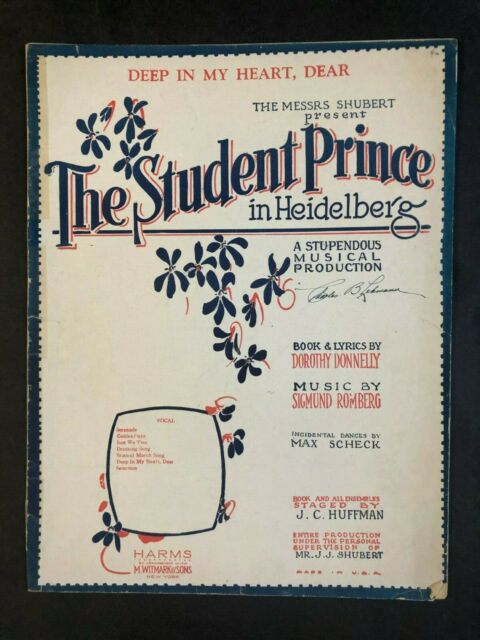

George Jean Nathan said, “The male singing chorus is the best that has come this way in a long time.” The Times declared that the music was Romberg’s finest, and Arthur Hornblow deemed the show “of transcendent worth, beautifully sung, acted, staged, and costumed.”
Its now familiar tale tells of the young Prince (Howard Marsh), who enrolls in 1860 at Germany’s Heidelberg University, where he falls for the village-inn waitress Kathie (Ilse Marvenga) but must leave her and school behind when summoned to assume the crown upon the death of the King. In his royal capacity, he must wed a princess and give up his relationship with Kathie. (The love affair of King Edward VII and Wallis Simpson, which led to the monarch’s abdication, was still in the future.)
There were minor quibbles over the lack of comedy, and Nathan thought the love scenes were too heavily handled by director J.C. Huffman. But these flaws were overlooked in view of the rousing melodies and lovely staging. Marsh, wrote Hornblow, had “a melodious voice and can act as well as sing.” As Kathie, German songstress Marvenga, a petite blonde, hit home with her enchanting soprano. Greek Evans as the tutor gave an excellent performance of operatic caliber. The limited comic responsibilities were assumed by George Hassell as Lutz.
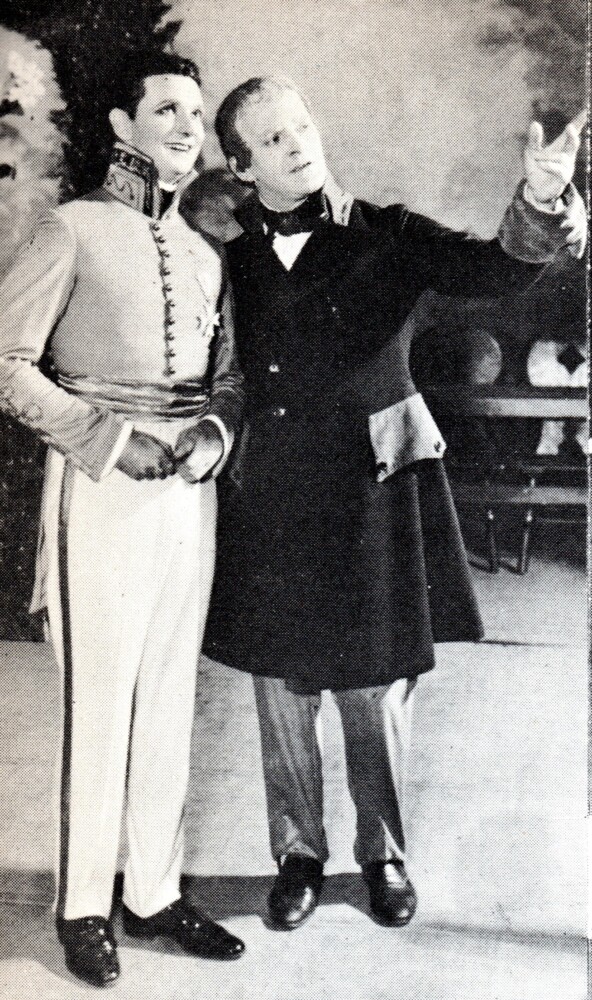

Famous numbers include “Golden Days,” the “Student Marching Song,” “Drinking Song,” “Deep in My Heart, Dear,” “Serenade,” “Just We Two,” and “Nevermore.”
The Student Prince toured almost continuously for nearly twenty-five years. An exception to the rule that musicals needed a happy ending, lots of pulchritude, and songs the average playgoer could sing, The Student Prince had a hard time getting produced at first. Only the threat of legal action on Romberg’s part convinced the Shuberts to proceed.
There have been several film adaptations, including a silent one directed by Ernst Lubitsch, but the most authentic version (in addition to a couple of new songs—is the one from 1954, starring Edmund Purdom lip-synching to Mario Lanza’s singing voice.
When next we meet, we’ll don our top hats or pearls (or both, if that’s your thing) to look back at some of the top revues of 1924-1925. Mr. Ziegfeld awaits.



